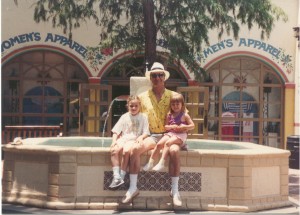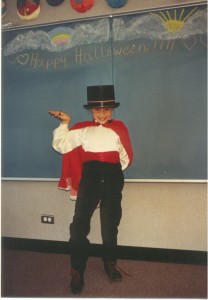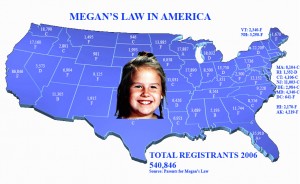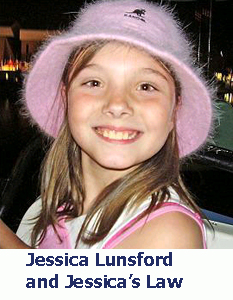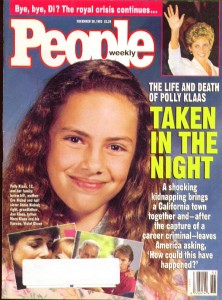Today we should be celebrating Polly’s 32nd birthday. Instead we are honoring her memory by introducing powerful new technology and philanthropic programs to the world that were inspired by her brief life.
2013 also represents the 20th year of our advocacy on behalf of America’s children. We can think of no better way to acknowledge that milestone than by providing 21st century solutions that put the power of prevention and pro-action in the hands of families, neighborhoods and communities.
We have forcefully engaged the public policy arena for the past 20 years because we believe that public safety is Governments fundamental duty. Every citizen has the right to walk on safe streets, to send their children to safe schools and to live without the fear of violence or victimization.
In the early 1990’s, when America was experiencing an epidemic of crime, we supported truth in sentencing, the assault weapons ban, and criminal accountability. We championed Megan’s Law so that communities would be aware of registered sex offenders in their midst. In the new millennium we spoke out loud and often for Jessica’s Law, and defended every effort to undermine California’s 3-Strikes & You’re Out Law. KlaasKids was one of the first organizations to acknowledge that the United States supplies much of our own human trafficking demand, and have worked diligently to educate the public and rescue underage victims of human trafficking. These past few years we have labored to update Megan’s Law into the 21st Century by including internet identifiers as a component of the registration process.
But now, all of that work is coming undone, because of apathy and government incompetence. And those who will suffer the consequences are the very people government is entrusted to protect.
In recent years California’s Department of Public Health has ignored Jessica’s Law and paper screened tens of thousands of potential sexually violent predators like John Gardner back onto our streets.
In October 2011 Governor Brown’s prison realignment program reassigned the responsibility for housing and monitoring tens of thousands of so-called non serious, non-violent, non-sexual prison inmates from the state to the Counties. This is a responsibility that the counties were ill equipped to accept or handle, and as a result serious, violent and sexual crime rates have soared.
California voters overwhelmingly passed the 3-Strikes & You’re Out Law in 1994, and by 2012, you were half as likely to be a victim of violent crime as you would have been in 1993. Yet, a cleverly worded proposition has modified that law to the point that it is no longer worth the paper it was written on and we will soon be releasing third strikers back onto our streets. How do you think that is going to work out for all of us?
In 2011 we worked the halls of the California State Legislature to include Internet identifiers as a component of sex offender registration, only to run into a brick wall at every turn. In response we fought for Proposition 35, the CASE Act, on the November 2012 ballot and the people voted overwhelmingly to enact the policies that our politicians refused to ratify. More than 81% of voters agreed that internet identifiers should be included as a component of the sex offender registry. Yet only a few weeks ago the ACLU challenged the constitutionality of Prop 35 in the Superior Court of the State of California with false claims and phony arguments.
All of this tells me that we need to take responsibility for our own safety. I’m not suggesting that we arm ourselves to the teeth with handguns, rifles, assault weapons, or rocket propelled grenade launchers as some horrible old men in legislatures throughout the United States have been hinting at in response to Connecticut’s Sandy Hook massacre. Instead, we need to arm ourselves with knowledge, technology, and philanthropy. There are numerous child-safe technology solutions in the marketplace. Some work, and some don’t. However, all of them existed in a vacuum until today.
For more than a year now, the KlaasKids Foundation has been working with vendors, inventors and visionaries to produce a comprehensive suite of technology and funding tools to address the challenges faced by America’s small children and their families. Today, I’d like to introduce you to the fruits of our labor.
Cocoon for KlaasKids uses Cloud Technology to protect children from predators and abusive marketers. Polly’s Guardian Angel is a parent initiated missing child alert smart phone application. It provides the direct support of the KlaasKids Polly Center response team. The LEO Wristwatch is GPS, cell phone technology that cannot be as easily discarded as Sierra LaMar’s GPS enabled cell phone if your child has been stolen. And finally, the Klaas Family Housing Fund provides a new and innovative way to assist the families of missing children with housing expenses.






